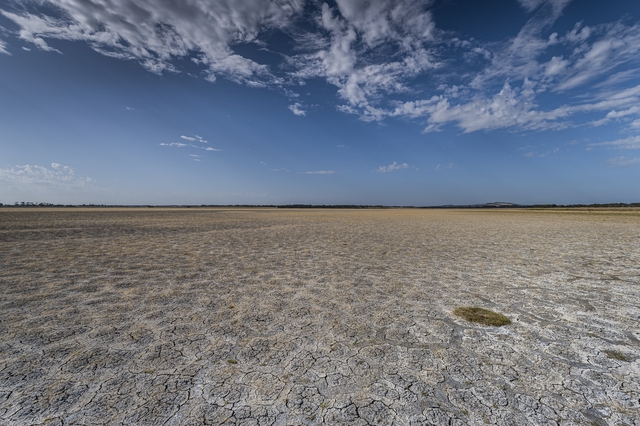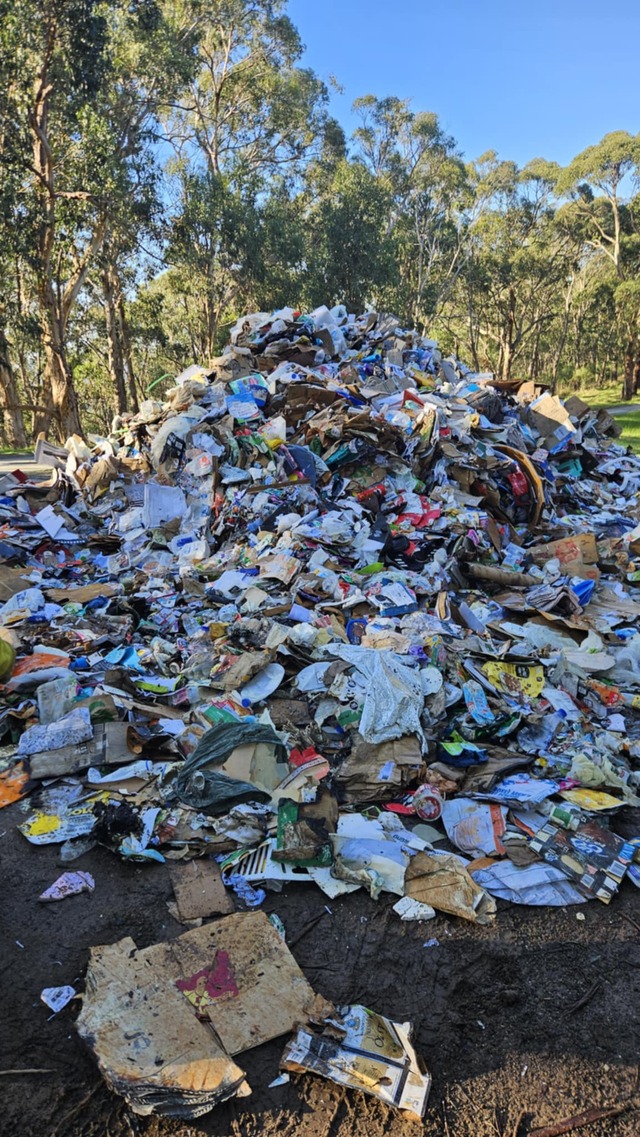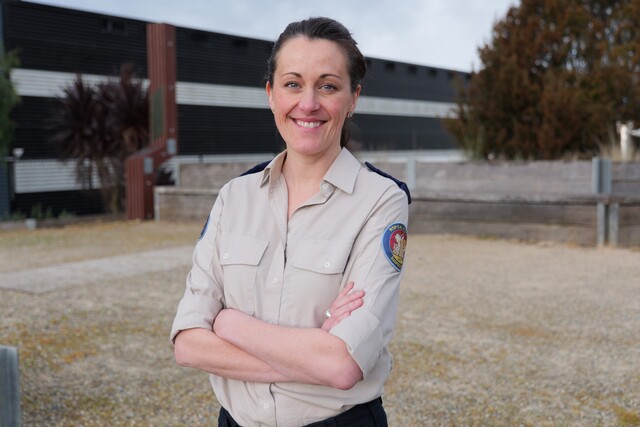Yarra Valley Water (YVW) has unveiled a new map-based tool to show the threat climate change may have on its infrastructure in the future on Wednesday 1 May.
The water utility has warned that extreme weather events, including bushfires, flooding and droughts, are increasingly impacting its water supply and essential infrastructure.
YVW resilience and liveability manager Dr Lisa Ehrenfried said this work marks a significant step towards YVW proactively managing climate-related risks and ensuring the resilience of its infrastructure.
“Victoria’s climate is already changing, becoming hotter and drier in recent decades, but with more intense rainfall bursts,” she said.
“This means we can’t rely on traditional risk assessment methods, which are based on historical data. Understanding what our climate may be like in the future, will help us to plan and adapt.”
The Climate Resilience Risk Assessment tool uses data from a number of sources, including the Bureau of Meteorology and the Department of Energy, Environment and Climate Action, and overlays it in YVW’s service area.
YVW has integrated relevant layers from Victoria’s future climate tool into its own mapping systems, which allows YVW to see its asset locations against various climate change hazards across different time scales and climate change scenarios.
Dr Ehrenfried said the tool shows climate change hazards such as projected hot days, which enables YVW to assess how dangerous that heat is to its assets or people.
“To assess this risk, we conduct a separate assessment that considers factors like asset exposure and vulnerability,” she said.
“This process is informed by leading climate change risk guidance from Australian Standards and our own corporate risk framework. It looks at the key climate change hazards and then analyses exposure and vulnerability to calculate the risk.
“By understanding the potential future climate change hazards, we can better plan and adapt to safeguard our infrastructure.”
The interactive tool covers a vast service area spanning from Wallan in the north to Warburton in the east.
It allows users to view future climate information, including temperature, bushfire risk, rainfall and heatwaves, as maps and charts.
It was designed to compare climate data for specific locations across different time periods and climate scenarios, crucial for assessing infrastructure assets with varying service life.
YVW assets such as pipes, tanks and pumps have an operational life of anywhere between five to over 100 years.
The map-based tool will be used to assess the climate impact on YVW’s assets so that it can determine the appropriate interventions.
Interventions can be made to reduce these hazards, including changing a building design or upgrading electric assets to make sure they can cope with rising temperatures.
“Early identification of vulnerable assets and mitigation opportunities are key to building a resilient network,” Dr Ehrenfried said.
“By addressing and implementing proactive risk mitigation measures, we can reduce potential water and sewerage service disruptions and costly repairs in the future.”
YVW has partnered with Nation Partners to develop the tool tailored to address asset-related climate hazards, vulnerability and exposure.
“Nation Partners was selected, following an extensive tender process, for its ability to deliver on the technical requirements as well as a proven track record on risk assessment and adaptation plans,” Dr Ehrenfried said.
“It took around six months to develop the first version of the tool, we then tested it internally and made minor adjustments.”
Dr Ehrenfried said adopting a forward-thinking approach to climate change adaptation is critical to safeguard its essential services.
“Climate change is happening and we need to be prepared for it. The tool has given us valuable new insights to climate change risks and mitigation actions required,” she said.
“It is also a great way to engage our team on climate change risks and facilitate the conversations we need to have. Understanding the mitigation actions needed is crucial for future planning cycles.
“This approach helps us to build our resilience to climate change and implement actions that reduce our vulnerabilities, and support long-term planning for an uncertain future.”








